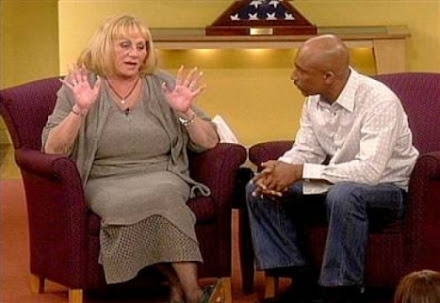Shepherdstown is a historic town. Shepherdstown is a haunted town. Located in West Virginia's haunted and historic Eastern Panhandle, the town is so well-known for its haunted history that it even garnered its own television show,
Ghosts of Shepherdstown, on Discovery+. The national attention that resulted from the show led me to discover quite a few new-to-me haunted locations in the area, including the Wild Goose Farm.
On October 30, 2017, the local newspaper, The Journal, ran an article written by Emily Daniels. The article focused on the spooky experiences of resident Michelle Shultz, who lived in a couple of different haunted houses in the Panhandle, including a large property known as Wild Goose Farm.
Today, Wild Goose Farm encompasses quite a few acres of land, many smaller buildings and barns, and of course, a beautiful mansion house at the center of it all. This mansion house is also where the ghostly activity seems most concentrated. And, with 200 years of history, give or take, there has been plenty of time for it to acquire a haunted reputation.
It is believed that the base of the current mansion house was built around 1810 by the Stipp family, prior to selling the property to the Shepherd family. In some form or another, the Shepherd family owned and maintained the home, along with quite a bit of the surrounding property, from 1838 to 1911. During this time, major renovations to the home were undertaken by Rezin Shepherd. Rezin, who was a merchant in New Orleans, obviously incorporated that New Orleans/southern plantation influence into the style of the home. However, in 1911 when Edwin Jarrett purchased the property, HE made additions and changes, incorporating a more Greek Revival influence.
According to the article in The Journal, Wild Goose Farm was used as a stop on the Underground Railroad, and also as a makeshift hospital during the Civil War. After a brief look into the history of the home, I can't confirm nor deny either claim, but just as a note: many large homes were used as makeshift 'hospitals' during the Civil War, especially in areas where fighting was occurring, or where troops were stationed for any amount of time. However, if it WAS used as a stop on the Underground Railroad, that came after Rezin's death; he was a slave owner and relied on slave labor in the south. I don't necessarily see him being a big abolitionist...
Anyway, the house has enough ghosts without worrying about exactly where they may have come from based on reported history! Michelle Shultz believes that there were at least three main ghosts that made their presence known while she lived there with her husband and son.
While doing some repair work on the home, the Shultz family hired a stonemason. This stonemason's wife stopped by the work site one day and saw ghosts staring out the windows of the home at her. She claimed these ghosts included Mary, a little girl who haunted the third floor. Mary wasn't a fan of new people staying at the home and would express her displeasure by causing a thick, honey-like yellow goo to ooze out from a light fixture. Workmen were brought in to try to find the source of this goo, but no explanation was ever found, and it only happened when a new person was staying the night.
The second ghost was a slave named Joseph who lived in the basement. It may have been Joseph who was spotted by Shultz's husband one day. He had seen a Black man and two children just walking through the yard. When they noticed he saw them, the man waved.
The last named ghost is an older woman called the 'memaw ghost.' Memaw may be the last of the apparitions seen, but the paranormal activity doesn't stop there. Michelle also noted a helpful ghost who woke her up every morning at 3:14am with the scent of fresh-brewed coffee! On the second floor, an alarm clock kept going off in the middle of the night, even when unplugged. It seems like the ghosts of Wild Goose really didn't appreciate anyone, guests or family, sleeping in.
In another incident, Michelle and a friend watched as an old hutch used to store antique hats swung its doors open and the hats flew out. Shadows of people walking were often seen under the doors by the family. Another time, Michelle's husband was out on the porch of the secluded home and kept hearing a woman's voice calling 'hello!'
Perhaps the scariest incident to occur happened in what was known as the Red Room. When the Shultz's older son, Zachary would film in that room, an abundance of orbs would always show up. But, it wasn't until a friend of his spent the night in that room that the entities present would really make themselves known. This friend became locked in the closet and has no idea how he got in there in the first place!
The Shultz family no longer lives at Wild Goose Farm, but the property thrives as a beautiful and unique wedding venue. I just wonder if the ghosts are still around...
Sources and Further Information:
Wild Goose Farm Website AND Facebook Page
"Living with Spirits: Michelle Shultz Sees, Hears, and Smells Ghosts", by Emily Daniels. The Joural. October 30, 2017.
National Register of Historic Places Application
Thompson, Kathleen. "Wild Goose Farm." Clio: Your Guide to History. November 24, 2020.


























